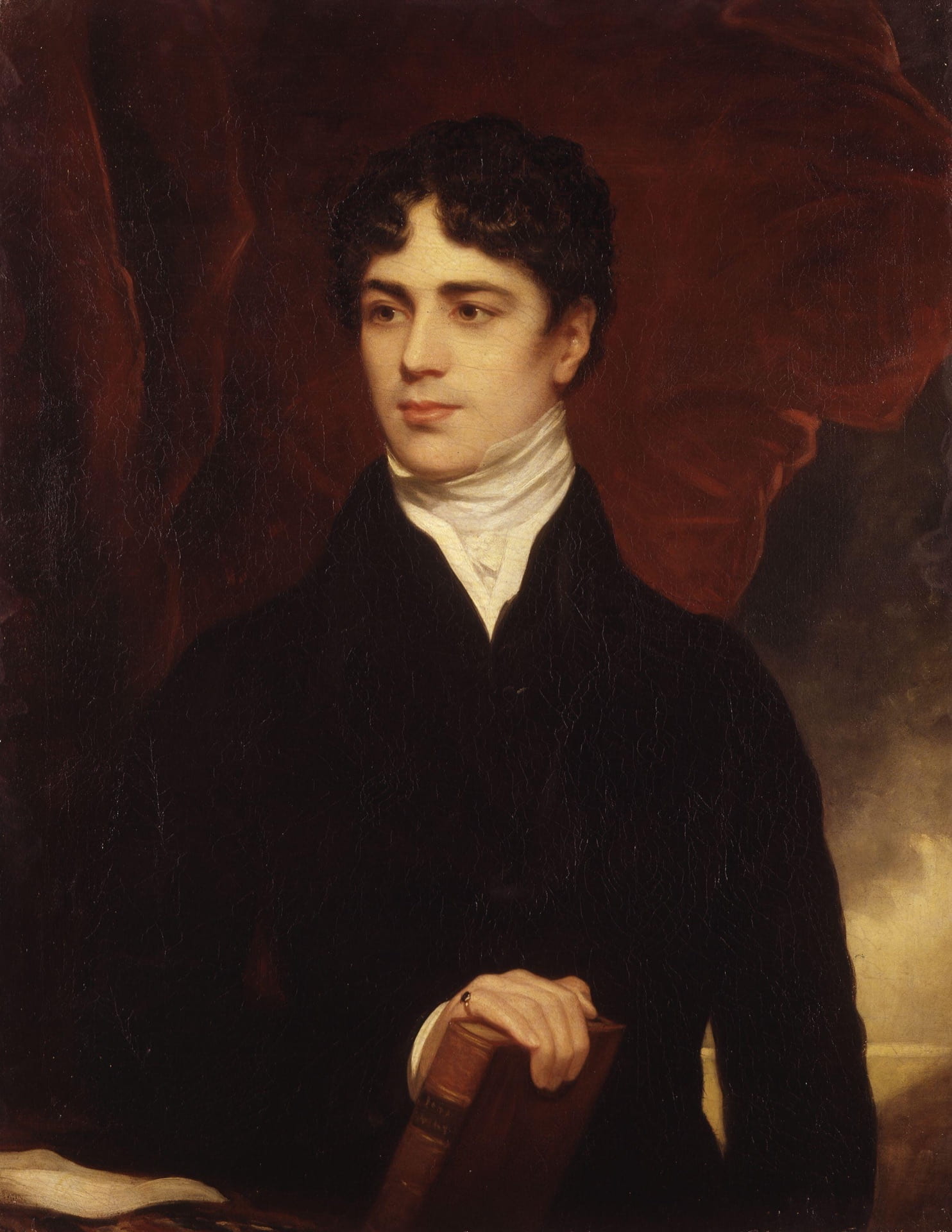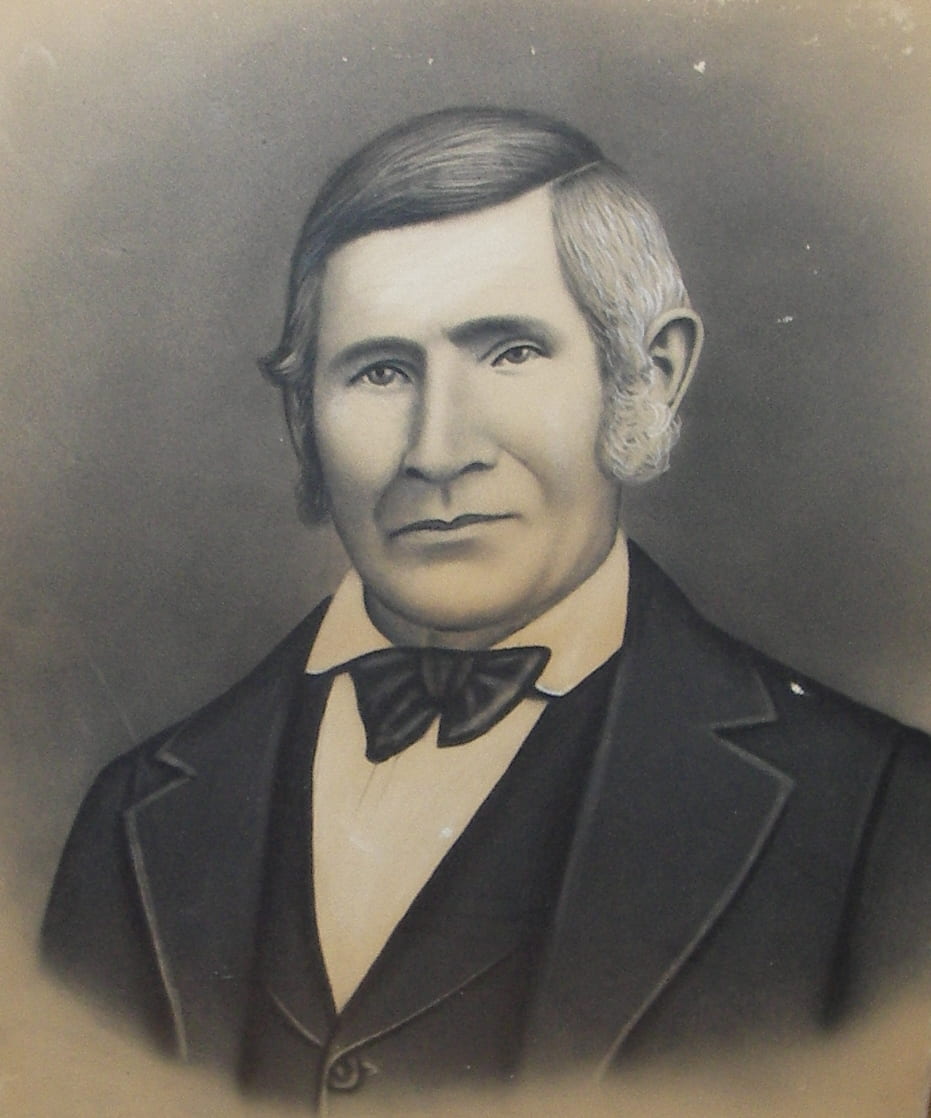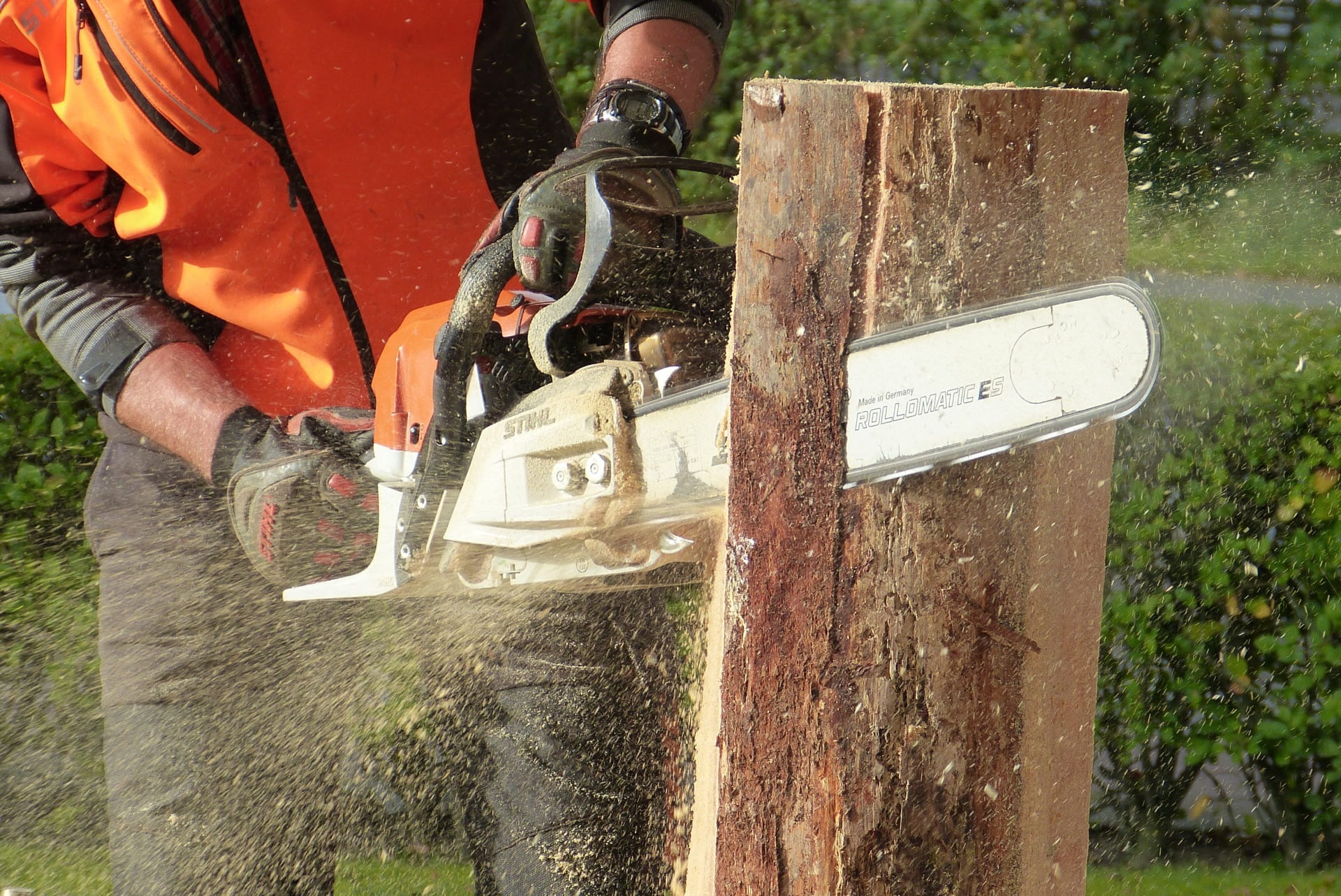Hello viewers and welcome to another thrilling blog post. Today’s topic? Confederation.
That’s right, for this unit, we took it back to the great 1800’s. Farmers were yelling because of crop failure, newspapers lined the streets, and everyone was scared of those darn Yankees. Let’s get started.
Conditions in Upper and Lower Canada
Now, you may not know, but before we became the great nation of Canada (singular), Canada was split up into 2 main parts. Upper Canada (Ontario) And Lower Canada (Quebec). As you may have expected, these two sides HATED each other. The Brits mainly controlled Upper Canada, And the government was made up of a bunch of snobby rich people. Debt was slowly growing, and a rebellion was beginning to form. In the mainly French speaking Lower Canada, however, crop failure was an looming threat as prices for grain (from the British) were rising, and the oppression finally began to strike a nerve in the hearts of the French.
This, combined with the rising tensions between the British and the French became too much, and rebellion began to form. The rebellion in Upper Canada were led by the man who liked to dress in women’s clothes, William Lyon MacKenzie. They were campaigning against the corrupt Family Compact, who ruled Upper Canada. The rebellion in Lower Canada were led by the Patriotes, who, like the British, were against an unfair government. As you can see, a responsible government was needed.
However, we 21st century people aren’t the only people to notice that. Following his experience with the Canadas, Lord Durham was also noticing the problems and solutions to those problems. However, instead of complaining about it on his blog, Durham wrote a letter and sent it all the way to the British parliament, thus causing change in Canada.
Factors Leading To Confederation
You probably all know what confederation is (the uniting of Canada), but do you know what caused confederation?
Well, I’ll tell you. The main factors we could come up with were: government, economy, transportation, and the American threat.
Government, as you can tell, was a major player in the uniting of Canada. Judging from the previous text on upper canada, you can probably tell that there was a huge need for a responsible government. Party politics were big in those days, which involves people with joint beliefs teaming up and forming “parties”. Some parties included Parti Rouge, Parti Bleu, and the Tough Grits.
As I mentioned, Upper Canada’s debt grew more and more. To help improve this, they tried to charge Lower Canada much more for grain. A joint country could help economical matters much more. Not much more to say.
As you can tell by looking at a map, Canada’s a big place. Transportation between provinces and cities could be hard. However, the man himself, John A. MacDonald thought up a plan to convince provinces to join the country he envisioned. That’s right, the CPR. I talked a bit about this in my Animation Post, but the point is, the CPR was meant to aid transportation between provinces.
And last, but not least, the American Threat. So, tensions were looming in the U.S., as they just had their big Civil War. Canada was scared of the Americans, but however, the concept of strength in numbers was booming, and they realized that if the Canadians all banded together, they could very well handle the Americans.
The Final Project
Now that I’ve finished going over the content, I’ll go through the much-anticipated final project.
Our final project this unit was a history minute. What? What’s a History Minute? Well I’ll show you. Here, I’ve compiled some of my personal favs. After some of these, you’ll know.
So, a history minute is a documentary, dramatic re-enactment, and much more crammed into the span of one minute. The reason we picked these were to show off our video and story-telling skills that we’ve been working on for the past year or so. As always, we had a driving question. This unit, it was:
How Do The Stories Of Our Past Shape Our Identities Today?
And, as is with many projects, we got into groups. Ours consisted of Sam, Jackson, and Caleb. We started off the project with picking themes, and we ended up (in a good way) with Battles and Rebellions. Next, we picked our topic, which ended up to be the Battle Of Stoney Creek, or more specifically, Billy Green.
In case you didn’t know (I didn’t expect you to), Billy Green had a really complicated backstory. All you need to know about him is that his brother-in-law got captured by the Americans, escaped, and figured out the Americans’ attack plans and countersign, a symbol or phrase used to call off sentries and much more.
Following the events of his B.I.L.’s capture, Billy told General John Harvey and the British, and eventually led the attack on the Americans with a sword. Yes. You read correctly. A SWORD.
Needless to say, this made perfect material for a dramatic recreation. We soon set off on our video journey, researching, writing a screenplay, storyboarding, and finalizing our shot list before we started the long, arduous process of filming.
Filming took pretty long, especially for us, as we had to figure out the exact time of day, weather, and lighting as we filmed all of our scenes outside. Not to mention re-filming, which was obviously needed. We had to line up every specific shot perfectly, and film every shot multiple times from every angle. Then there were the forgotten lines, and the schedule conflicts. I’ll stop myself and won’t complain too hard about this.
After editing, we had ourselves something. This was, of course, the first draft, so it definitely wasn’t perfect, but you can watch it.
Following some feedback and peer critique, we re-filmed scenes (specifically the confusing battle scene). We also re-did some of the audio, and a week or so later, we came back better than ever, and our second draft was a vast improvement from our first.
After that, we got some light, minor critiques, and fixed some editing errors, audio glitches, and added some drum/percussion beats into the backgrounds (made by yours truly). After what seemed like a few days, we were ready to present our final video…ish.
We actually got a bit more feedback after that, so we made some on-the-spot adjustments and finally cranked out our final video.
Following the completion of our videos, we sent our videos to Historica Canada, the actual CREATORS of Heritage Minutes. I’d like to thank Ryan Barnett and Joanne Archibald for taking the time out of their busy schedules to watch our videos and give us some helpful feedback.
Final Reflection
Overall, I liked this project for a few reasons.
1: The project covered different genres of videos. Typically, we make either an informational video or a documentary. It was fun to work on something more exciting, such as a dramatic recreation. I was a big fan of the action sequences and thrilling scenes.
2: The content was relevant. Confederation is obviously something we Canadians find very important. Otherwise, we’d be split into separate provinces. What I mean is that we would still be seen as different country-ish land areas. Not sure what to classify Upper and Lower Canada as. Ok, I’m explaining this terribly, but you probably get my point.
3: I was able to keep working on my video skills. Alright. I mention it every video, but this project was, yet again, a great way to “refresh” my video skills. I get it. Every project refreshes my video skills but it’s true. I used my new rule of thirds and angles during this project, and I was able to work on something I don’t get to do often: GarageBand. I harnessed by tribal urges and I cranked out some nice beats for the background of our video.
I actually enjoyed this video project quite a bit. The content, project premises, and skills used made for a killer combo, and resulted in a very satisfactory end product. Nice.
This is Jason, Signing Off.





